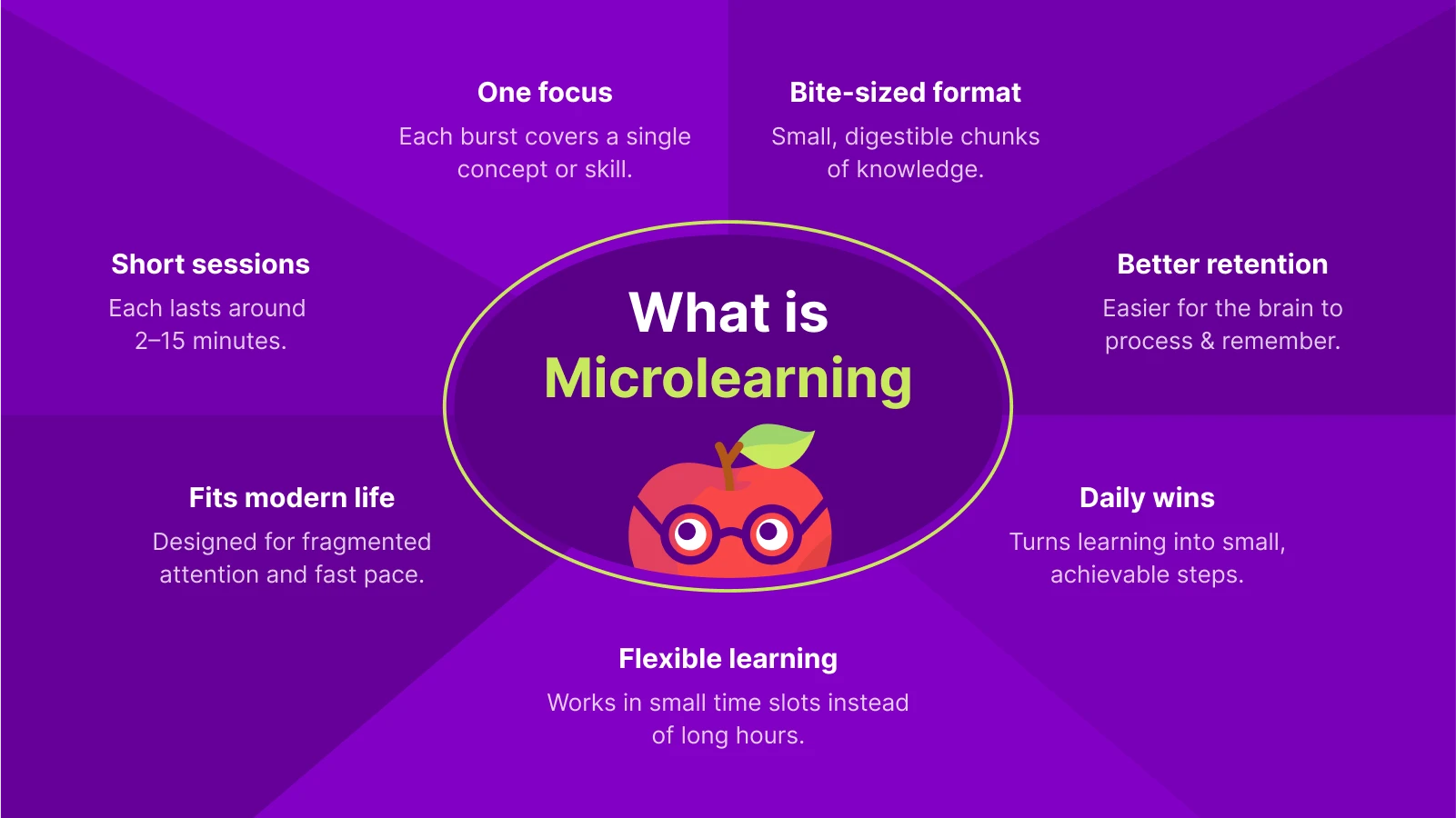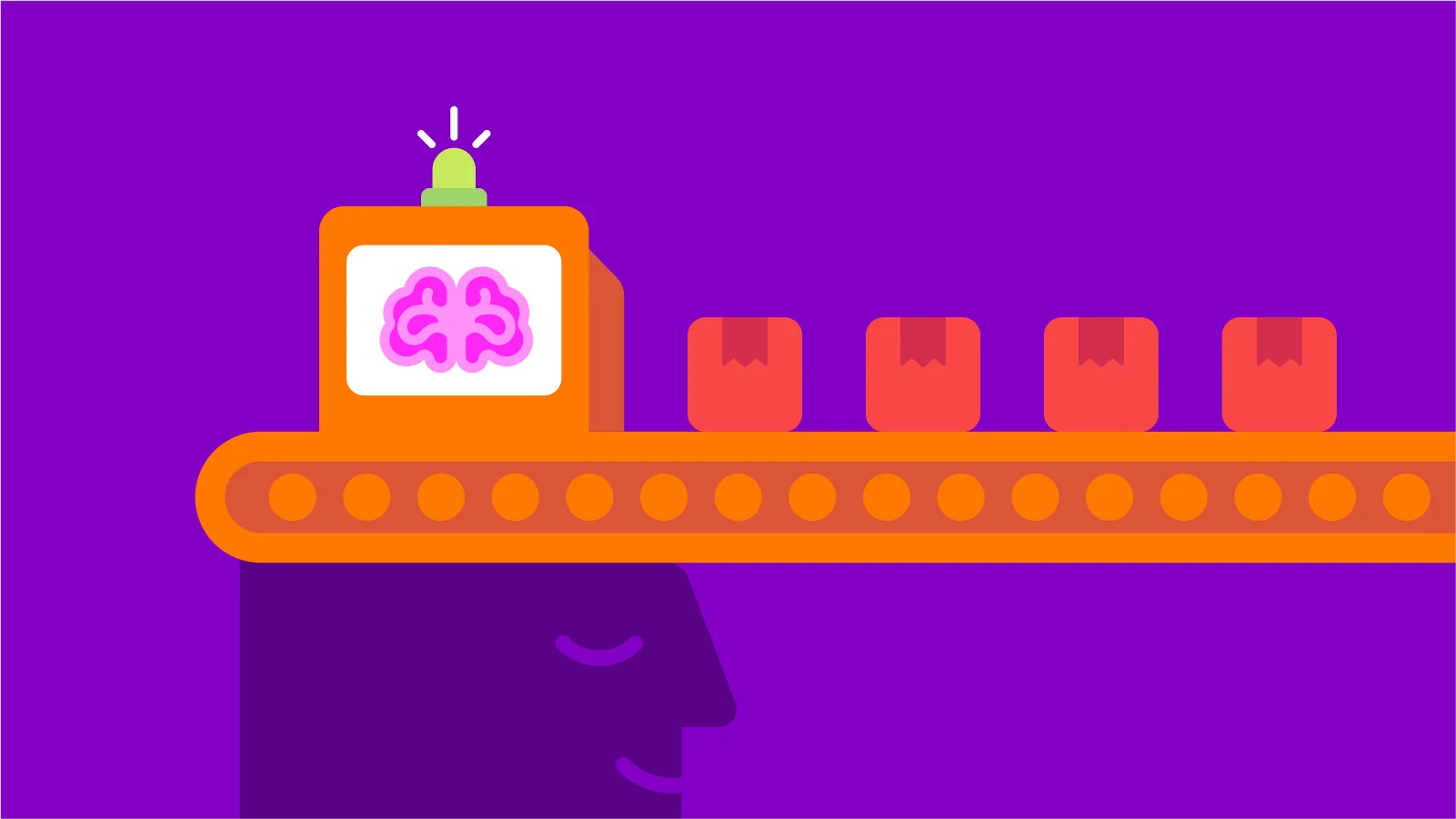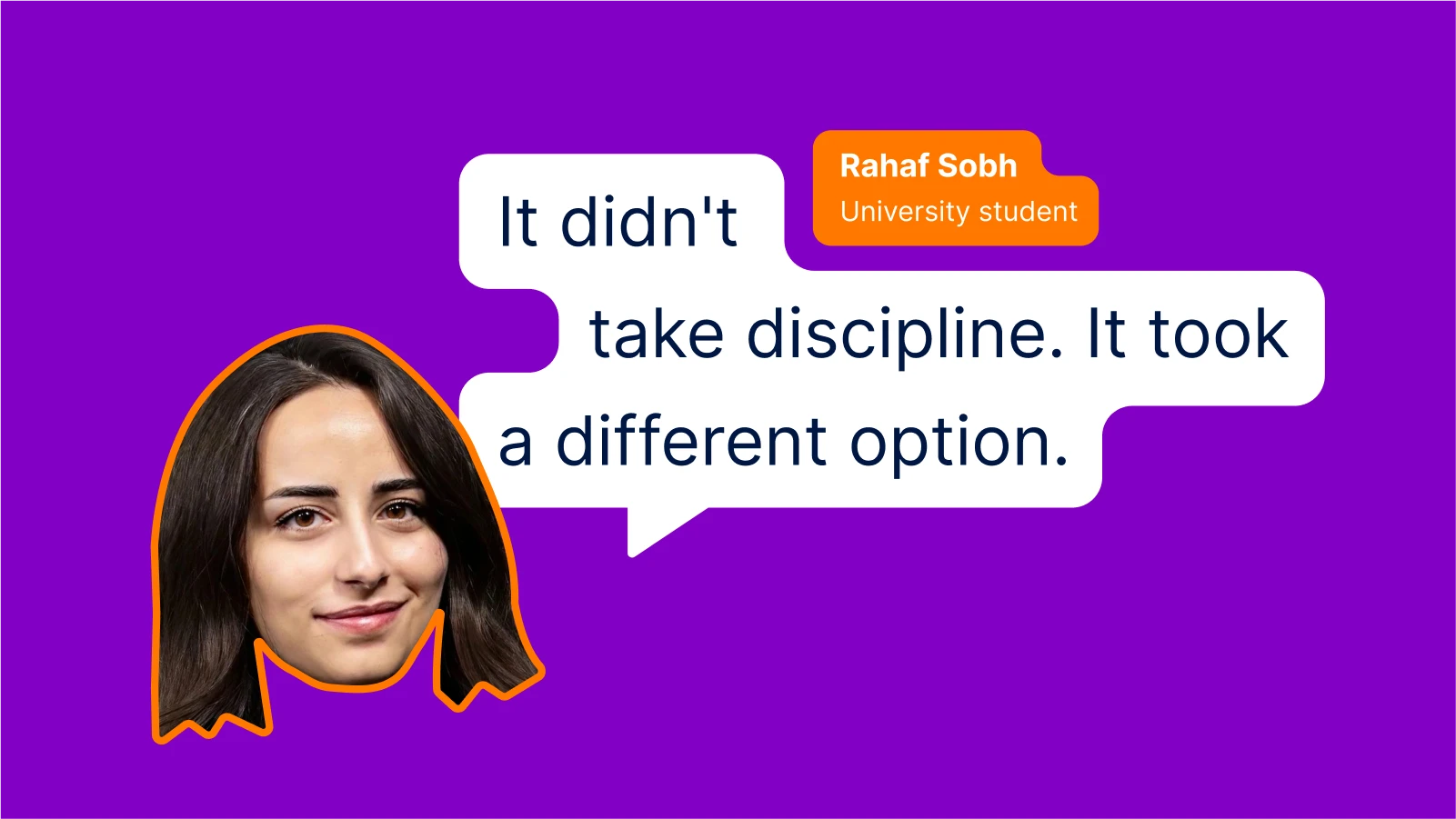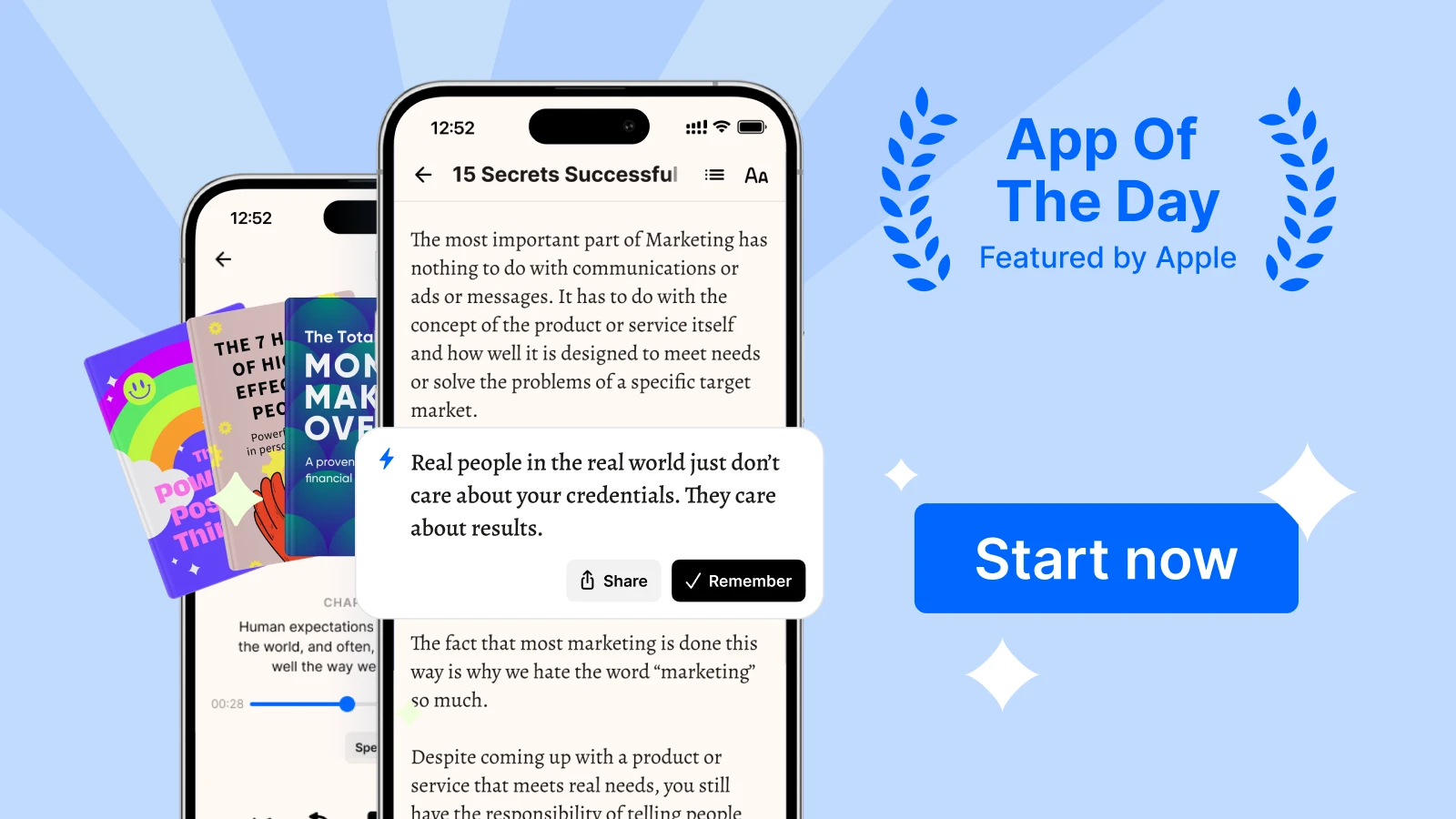Remember the last time you tried to read a 500-page textbook in one sitting? Or sat through a three-hour corporate training session where your mind started wandering after the first 20 minutes? You're not alone! Most of us struggle with traditional learning methods that test our attention spans.
But what is microlearning? It's the learning strategy that's changing how you gain new skills every day. Instead of marathon study sessions, you learn in quick, just-in-time, short bursts that fit perfectly into your coffee break or morning commute.
This flexibility is precisely what microlearning platforms like Headway offer, turning the overwhelming task of reading entire books into digestible, actionable insights you can absorb in just 15 minutes. Download the Headway app and start your microlearning journey now!
In this article, you'll learn:
What microlearning is and how it transforms overwhelming topics into daily wins.
Five science-backed reasons why your brain craves bite-sized learning over traditional study sessions.
Real success stories from professionals who mastered new skills using just 15 minutes a day.
How to build your personalized microlearning strategy in 5 simple steps that fit any schedule.
Why Headway is the ultimate microlearning tool that helps you read more books and actually remember what you learn.
What is microlearning? How it transforms complex ideas into daily wins
So what exactly is microlearning, and why is everyone obsessed with this learning style?
Why is microlearning effective? 5 science-backed reasons why quick learning bites work
A long time ago, scientists discovered that our brains actually prefer digesting information in short bursts. German psychologist Hermann Ebbinghaus discovered something called the "forgetting curve" back in the 1880s.
He found that we forget about 70% of what we learn within 24 hours unless we review it. Microlearning combats this by using "spaced repetition," reviewing small pieces of information over time, which dramatically improves retention.
Recent studies back this up. Research from the Journal of Applied Psychology shows that microlearning can improve information transfer by 17% compared to traditional methods. The numbers don't lie — our brains are built for microlearning.
So, let's break down the science and psychology behind why this approach works so well.
📘Try the Headway app for daily microlearning lessons.
Reason #1. Cognitive load: Your brain's bandwidth
Think of your brain like a computer with limited memory. When you try to process too much information at once, everything slows down or crashes.
Cognitive load theory tells us that our working memory can only handle about seven items at a time. Microlearning respects this limit by presenting just enough microlearning content for your brain to process comfortably, optimizing your brain's functionality.
It's like upgrading from trying to move your entire house in one trip to making several manageable loads, much less stressful and far more effective.
Reason #2. Increased retention: The power of repetition
Remember cramming for exams in school? You probably forgot most of that information in a few days, right? Microlearning is different. It helps move information from your short-term memory to long-term storage, which improves your learning outcomes.
Reason #3. Flexibility: Learning that fits your life
You don't need to block out your whole afternoon to learn anymore. With microlearning, you can pick up new stuff while waiting for your coffee or between meetings.
Since it fits into your day so easily, you'll actually keep doing it. You don't have to find extra time, just use the little bits you already have.
Reason #4. Engagement: keeping your brain interested
The human brain loves novelty. Microlearning keeps things fresh with different formats — videos, quizzes, infographics, interactive exercises, and simulations.
This variety triggers dopamine releases that make learning feel rewarding rather than tedious. This occurrence is why scrolling through social media feels effortless while reading a textbook feels like work.
Reason #5. Quick results: Immediate application
With microlearning, you can learn something in the morning and apply it by lunch. This immediate application reinforces your learning experience and gives you quick wins that motivate you to continue.
It's incredibly satisfying to listen to a short book summary about productivity techniques on Headway and then immediately use one to improve your workday.
Studies from companies like Walmart show that employees using microlearning complete training programs faster and report higher learner engagement levels. When a retail giant implemented microlearning for employee training, they saw a 10% increase in safety compliance training within three months.
📘Explore the Headway app for quick lessons from nonfiction bestsellers!
Microlearning examples: From book summaries to corporate training
Let's look at how microlearning shows up in real life. These microlearning examples will help you recognize opportunities to use this approach in your own learning journey.
| Type of microlearning | Example | How it works | Time required |
|---|---|---|---|
Book summaries | Headway's 15-minute book insights | Key ideas from bestselling books into focused summaries with actionable tips | 15 minutes |
Daily quizzes | Duolingo language lessons | Short, gamified quizzes that reinforce vocabulary and grammar through spaced repetition | 5–10 minutes |
Video snippets | TED-Ed videos | Animated explanations of complex topics, from science to history, in engaging visual formats | 3–5 minutes |
Podcasts | Daily news briefings like NPR's Up First | Bite-sized podcasts perfect for commutes, covering essential information quickly | 10–15 minutes |
E-learning courses | LinkedIn Learning quick tips | Focused microlearning courses on specific topics like "Excel formulas" or "Email etiquette" | 5–20 minutes |
Interactive learning | Headway's daily insights and challenges | Gamification and progress tracking to enhance the learning experience | 5–15 minutes |
Each format works its own way, but they all follow the same rule: give you helpful content in bite-sized pieces. The beauty is that you can mix and match these approaches based on your learning objectives and workflow.
The top four benefits of microlearning: Learn faster, remember more
Now that you understand what microlearning is and why it works, review the benefits of microlearning you'll experience when you adopt this approach.
1. Improved retention that lasts
Traditional learning often feels like filling a leaky bucket — information goes in but quickly drains out. Microlearning patches those leaks.
Users of apps like Headway often report being able to recall and apply book insights long after reading them, something that rarely happens with traditional reading.
2. Flexibility and accessibility for real life
Life doesn't stop for learning, but learning can fit into life. You can learn on your mobile device, tablet, or computer, anywhere with an internet connection — no more excuses!
3. Cost-effectiveness that makes sense
Compare the cost of a traditional in-person training or seminar (often hundreds or thousands of dollars) with the cost of microlearning tools.
For what you'd spend on two coffees each month, you get thousands of lessons, summaries, and tips. Plus, you only pay for stuff you'll actually use, so you can focus on exactly what you need to upskill!
4. Engagement and motivation that keeps you going
We've all bought those popular refresher courses or books with the best intentions, only to abandon them halfway through. With bite-sized chunks, however, you're constantly achieving small wins. Finished a lesson? That's a win. Completed a weekly streak? Another win.
These regular dopamine hits keep you motivated and coming back for more. It's why Headway users often report reading more book summaries in a month than they did full books in a year.
How to build your microlearning strategy in five easy steps
Ready to make microlearning part of your life? Here's your practical roadmap to getting started.
Step 1. Identify your learning goals: Start small and specific. Instead of "I want to be better at business," try "I want to learn three negotiation techniques this week." Clear goals set you up for success and help you choose the right content.
Step 2. Choose your platform: Pick microlearning tools that fit your goals. If you want to read more business and self-help books but can't find the time, Headway's book summaries are perfect. For languages, try Duolingo. This is where it helps to rank the best apps for daily microlearning, so you know which platforms provide bite-sized lessons, habit tracking, and easy access to knowledge every day. The key is choosing platforms that make learning feel effortless, not like another chore.
Step 3. Create a routine: Microlearning works best as a habit. So, link it to your routines. Learn on your commute or right before bed. Start with just 5 minutes a day. Once that feels natural, you can expand. Many Headway users start with one summary per day and find themselves naturally wanting to explore more.
Step 4. Track your progress: Use the built-in tracking features most LMS (learning management systems) and microlearning tools provide. Watching your streak get longer or seeing how much you've learned keeps you excited and motivated.
Step 5. Apply what you learn: Knowledge that just sits there is worthless. After you learn something, ask yourself: "How can I try this out today?" Actually, using it right away makes it stick and shows you that it's really working.
Microlearning use cases: Real success stories that inspire
Meet the real people who've transformed their careers and daily lives through microlearning.
Herbert's story: From overwhelmed to informed
Leadership expert Herbert S. Burt spent almost a year using Headway daily. He always had trouble finding time to read meaningful stuff, even though he knew reading was essential for leading others. With Headway, he started learning a little bit every day. Those short sessions became one of the most important parts of his daily routine.
Summaries would spark curiosity, often leading him to dive deeper into books that resonated with him. "It's not just about reading more," Herbert says. "It's about actually using what I learn."
Melissa Sierra and her new 15-minute learning habit
Melissa Sierra, an EVP, found herself struggling with focus and clarity at work. That's when she turned to microlearning with the Headway app.
By dedicating just 15 minutes each morning to listening to short summaries, she found clarity, purpose, and improved communication in both her leadership and personal life. For Melissa, microlearning allowed her to stay consistent without overwhelming her.
One particular moment from a Headway summary shifted her mindset as a leader: "Growth isn't about avoiding difficulty — it's about how you define it." Melissa's e-learning journey highlights how microlearning can make a powerful impact on leadership and personal growth.
Get more details here.
Rahaf Sobh on self-paced education and mobile learning
Rahaf was a student who couldn't get through books with her packed school schedule. After finding Headway, she started learning from books in tiny chunks. Her simple morning habit of listening to summaries changed everything.
Rather than spending hours reading or scrolling social media, Rahaf used her in-between moments to consume microlearning content. She began applying the lessons from summaries, such as 'Atomic Habits' and 'It Begins With You,' to her daily life.
The shift from mindless scrolling to productive learning was subtle yet impactful, helping her feel more focused, motivated, confident, and purposeful.
For Rahaf, the microlearning approach has not only helped her finish books but also changed how she approaches her studies and daily routine. "It didn't take discipline. It took a different option," she reflects.
📘Try Headway and turn reading into a self-growth habit!
Quiz: Is microlearning right for you?
Let's find out if microlearning matches your learning style and goals. Answer these questions honestly:
Start your microlearning journey with the Headway app
You've come a long way from those overwhelming textbooks and endless lectures. But now that you've learned what microlearning is, you can learn at your own pace and draw pleasure from it.
The beauty of microlearning is that it makes learning accessible to everyone. Whether you're a CEO looking to stay sharp, a parent trying to grow despite limited time, or a student supplementing formal education, there's a microlearning solution for you.
Here's where Headway comes in. It takes great books and gives you the gist of each. So, you don't need tons of spare time to grow; you just need a smart way to learn and the guts to keep going.
Ready to start your microlearning journey? Download Headway today and discover how 15 minutes a day can transform your knowledge and skills!
Frequently Asked Questions about microlearning
What is microlearning?
Microlearning is an educational approach that delivers content in small, focused segments, typically lasting 2–15 minutes. Instead of lengthy study sessions, it breaks complex topics into digestible chunks that are easier to understand, remember, and apply. This method is perfect for busy professionals seeking continuous learning without overwhelming time commitments.
What is an example of microlearning?
A perfect example is Headway's 15-minute book summaries. Instead of spending 10 hours reading a whole business book, you get the key insights and actionable takeaways in just 15 minutes. Other examples of microlearning include quizzes, microlearning videos, and short videos on platforms like TED-Ed and Duolingo.
How can I start microlearning?
Start by downloading a microlearning app like Headway, set aside just 10–15 minutes daily (morning coffee time works great), choose topics that interest you, and commit to consistency over intensity. Even 5 minutes a day is better than sporadic hour-long sessions.
How long is a microlearning course?
Individual microlearning modules typically last 2–15 minutes, perfect for maintaining focus and retention. A complete "course" might consist of multiple micro-sessions spread over days or weeks, or standalone training modules, but each learning segment remains brief and focused. This format ensures maximum engagement without causing learner fatigue or overwhelm.
Is Headway microlearning?
Yes! Headway is a prime example of microlearning in action. It expertly transforms full-length books into 15-minute summaries, delivering key insights in bite-sized, actionable formats perfect for busy lifestyles. With Headway, you can learn from bestselling books during commutes, lunch breaks, or whenever you have a few spare minutes available.
Does microlearning actually work?
Absolutely. Studies consistently show microlearning improves knowledge retention rates by up to 80% and significantly increases training completion rates. Companies using microlearning report better employee engagement and performance, while millions of individuals credit this approach with helping them finally maintain consistent learning habits despite their busy schedules and competing priorities.
Is micro learning worth it?
For most people, absolutely yes. The powerful combination of flexibility, affordability, and proven effectiveness makes microlearning invaluable for continuous personal and professional development. You invest minimal time but receive substantial returns in knowledge, skills, and practical insights. It's the most efficient way to learn consistently in today's fast-paced world.
How long is a typical micro teaching session?
Most microteaching sessions last approximately 5 to 15 minutes, an optimal duration for maintaining complete focus and maximizing information retention. This timeframe works perfectly because learners stay engaged without experiencing fatigue. Headway's 15-minute book summary sessions exemplify this approach, delivering substantial value while fitting conveniently into coffee breaks or commutes.














